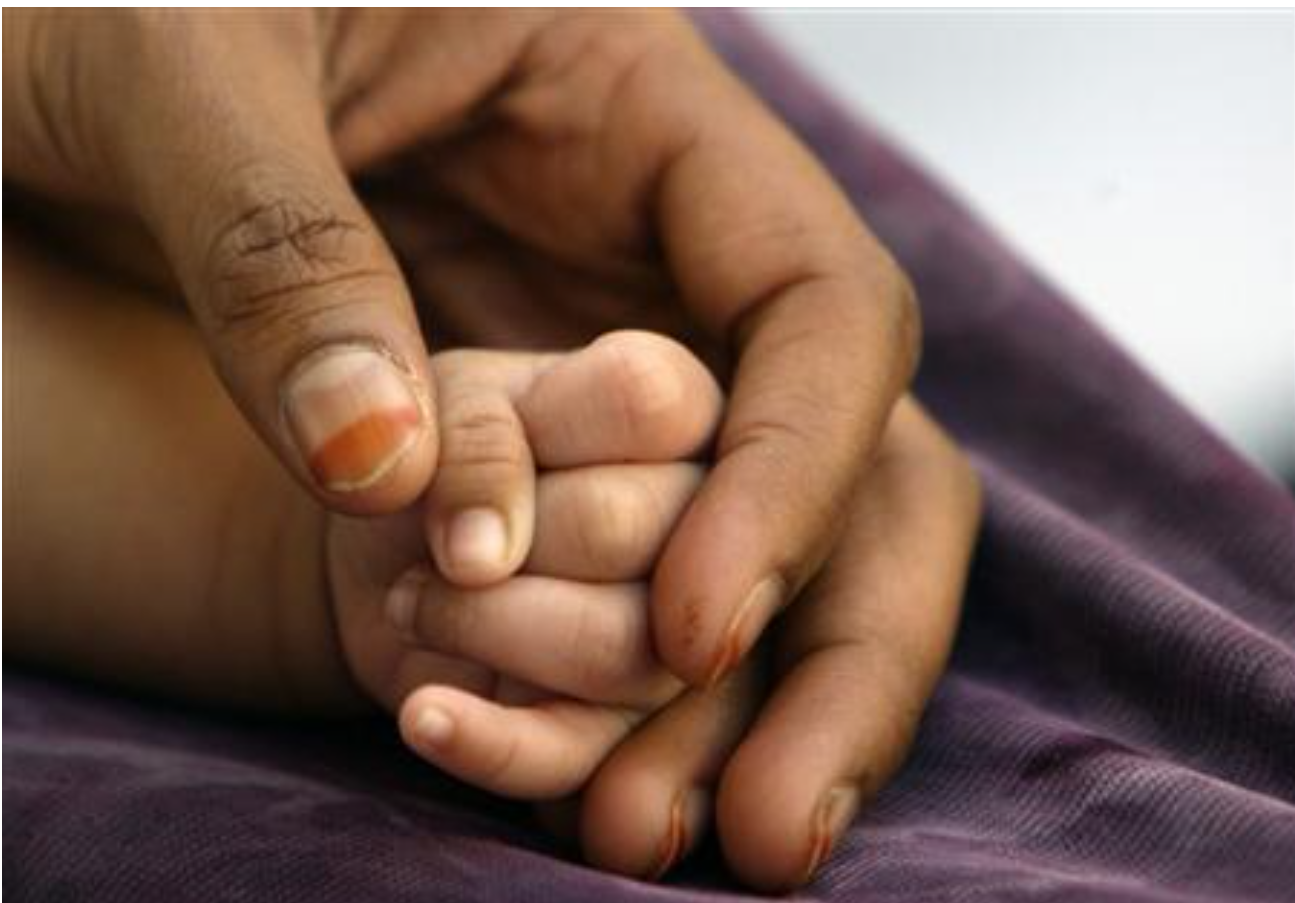Researchers reviewing 1,703 cases at Kenyatta National Hospital found that only 37 per cent of Kenyan children born with congenital heart disease receive surgery within a year.
Their tiny chests rise and fall in a struggle to keep a
steady heartbeat. These babies, at one of Kenyatta National Hospital’s
paediatric wards, were born with holes in their hearts or valves that never
formed properly. Each gasp of air is a plea for help.
But researchers from the University of Nairobi and KNH, who
pored through 1,703 medical records of some of these patients, found that this help
takes months to come and often finds many of the patients already dead.
They reviewed records of patients with Congenital Heart
diseases (CHD) admitted at KNH from January 2016 to December 2021.
Most of them (53.6 per cent) were under one year old at
diagnosis.
CHD is a general term for many birth defects present at
birth that affect the normal way the heart works.
These defects vary in
severity from mild, like a small hole in the heart, to complex and severe
conditions involving missing or underdeveloped heart parts. They can be
detected during pregnancy or may not become apparent until later in life.
“The majority (62.9 per cent) of patients recommended for
surgery did not undergo the surgery,” said the team led by Dr Bonface Osano, a
lecturer and paediatric cardiologist at the University of Nairobi.
The review found that only 37 per cent of the children who
needed surgery received it within a year.
These patients waited an average of 59 days for their turn in the
operating theatre, while patients recommended for catheterisation waited an average of 95 days.
Catheterisation is often performed to treat CHD and avoid
open-heart surgery.
The few referred abroad were not lucky either. Their wait
stretched to an agonising 349 days.
Dr Osano and his colleagues said 615 (36.1 per cent) of
patients died within a year of diagnosis, waiting for the intervention that
could save their lives.
“The lengthy time period between diagnosis and intervention
is mainly due to issues related to access and affordability,” the authors
noted. “Delayed diagnosis and long waiting time to intervention may lead to
deaths before intervention is undertaken or poor outcomes when the intervention
is finally undertaken.”
Dr Osano’s report, titled “One-year outcomes and
intervention waiting time of patients admitted with congenital heart disease at
Kenyatta National Hospital, Kenya,” is available online ahead of journal
publication.
Congenital heart disease affects about eight to 15 babies in
every 1,000 live births worldwide, according to the World Health Organization.
KNH is one of only three public facilities in Kenya with the
capacity to CHD. The others are Moi Teaching and Referral Hospital in Eldoret
and Coast General Teaching and Referral Hospital in Mombasa.
Dr Osano’s team did not blame KNH for the deaths and long
wait times.
The hospital has only a few experts serving a large number of patients.
Many patients also arrive late when complications have already developed.
In fact, some parents were told that their children were now
too sick for surgery. “At diagnosis, 57 were deemed inoperable and were
counselled on palliative care,” the report stated, a phrase that means doctors could
only manage symptoms, not fix the heart.
Kenya has low diagnostic capability and inadequate
facilities for CHDs, leading to delayed diagnosis and appropriate intervention
options.
“The lengthy time
period between diagnosis and intervention is mainly due to issues related to
access and affordability of these interventions,” the researchers said.
They added: “Additionally, socioeconomic factors like
poverty, malnutrition, and the absence of clean water and sanitation exacerbate
the susceptibility to CHD complications and infections, which, in turn,
elevate mortality rates.”
Patients who survive the long wait often live with anxiety.
“Older children and those with Tetralogy of Fallot were more likely to die,”
the researchers wrote. Tetralogy of Fallot is one of the most severe forms of
congenital heart disease. It leaves babies breathless, their lips turning blue
as oxygen fails to reach their blood. A simple operation can correct it, but
only if done in time.
Most operations to correct CHD are now routine across the
world. In high-income countries, more than 85 to 90 per cent of children who
undergo heart surgery for congenital defects survive and go on to live normal
lives, says the US Centers for Disease Control and Prevention.
Of the estimated 261,000 global deaths from congenital heart
disease in 2017, nearly 70 per cent were infants, and most were in developing
regions.
The authors called for immediate action. “There is need to
shorten time taken from diagnosis to intervention for patients with CHD and to
improve documentation for patients with CHD at KNH,” they said.


